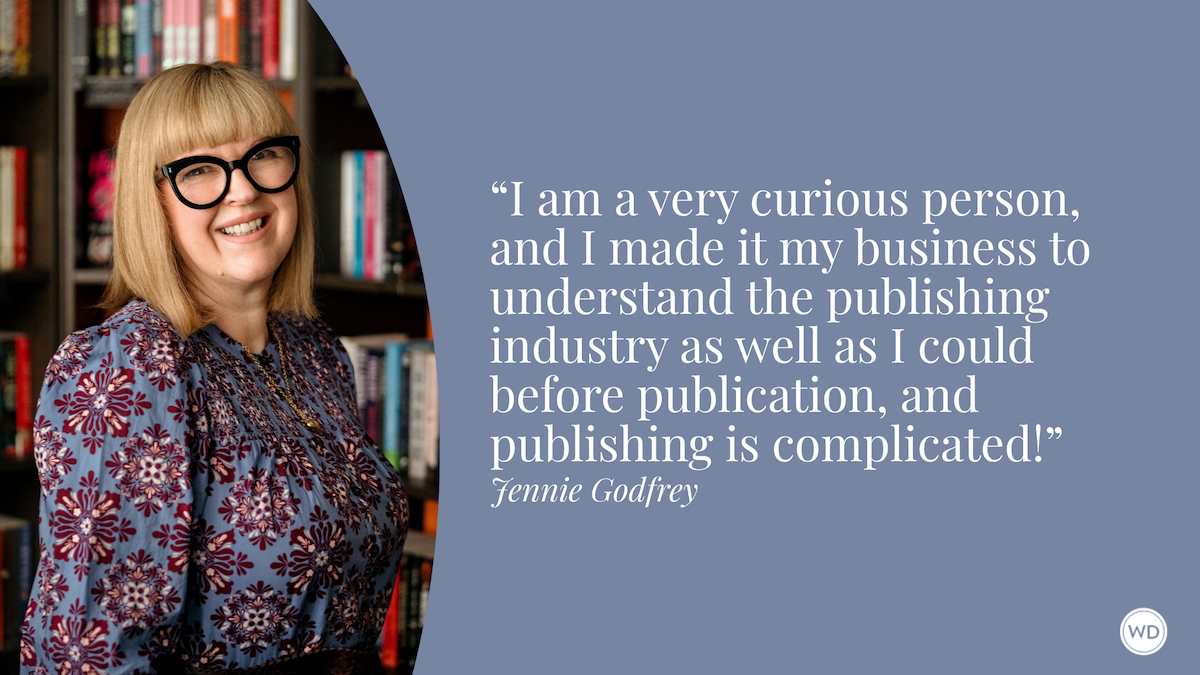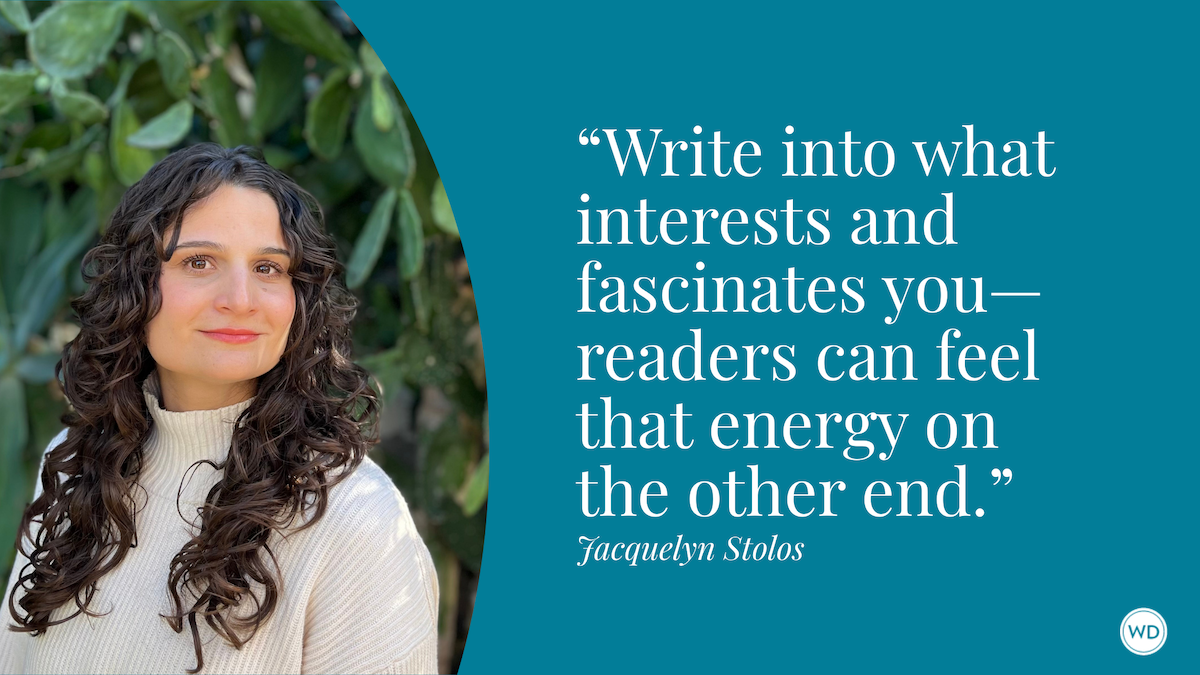Plotting the Perfect Crime (Without Losing the Fun): Tips for Writing Lighthearted Mysteries With High Stakes
Author Valerie Burns shares tips on how to plot the perfect crime without losing the fun of writing a lighthearted cozy mystery novel.
When contemplating crime, lighthearted and fun are probably not the first words that come to mind. Crime fiction is a broad category full of sub-genres that have something for everyone. Police procedurals follow law enforcement through the process of solving crimes and (hopefully) catching the bad guys. If you prefer mysteries that take you into the corrupt underbelly of society with a cynical, disillusioned, brooding, lone wolf detective who lives by his own moral code, you’ll find it by reading noir mysteries.
However, if you want the thrill of engaging your mind in solving a puzzle without blood, gore, and reality seeping in, check out a cozy mystery. Cozies provide an escape from a world where crimes go unsolved, bad guys get away on technicalities, and society is numbed into inaction. But lighthearted doesn’t equate to lightweight, and fun doesn’t mean wimpy. Cozies prove that mysteries can be fun as well as suspenseful. Here are some tips for ways to write high stakes crime fiction which is still lighthearted and fun.
Basic elements needed for crime fiction include, setting, characters, a compelling plot, a crime, and a sleuth. Cozies are mysteries that feature an amateur solving a crime. There isn’t a lot of graphic violence. No sex on the page, and no bad language (well, not much). The use of the amateur sleuth is one element that opens the door for fun. A police officer, FBI, or other law enforcement professional is highly trained. They know the law and are sworn to uphold it. Chances are good that your average baker, librarian, or bookstore owner has no clue about forensics, chain of evidence, or search and seizure practices.
A trained professional would never break into a suspect’s house to look for and seize evidence. An amateur sleuth isn’t bound by those same restrictions and will boldly go where no law enforcement dares to tread. That boldness will often create suspenseful scenes for an amateur sleuth. Will the killer come back unexpectedly? Will they get caught? Readers will need to keep reading to find out.
So, one of the first things that will help with making sure your mystery is humorous involves your characters. Your sleuth or their side kick could have a quirky sense of humor or an affinity for getting into trouble. A sleuth who inherits a bakery, but can’t cook, can provide a host of opportunities for fun.
One of the few things I remember from high school geometry is “The shortest distance between two points is a straight line.” Euclidean geometry is great if you’re driving from New York to Chicago. However, if you’re writing crime fiction, following a straight line can make for a very boring tale. If your sleuth follows all the clues correctly and never veers down the wrong path, it will create a predictable and boring experience for your readers. One of the rules that mystery authors adhere to (or should) is to play fair with the reader.
This means readers should get all the clues needed to solve a mystery at the same time that the detective or sleuth gets the clues. However, just because the reader has a clue doesn’t mean that the detective needs to or that they follow it. Don’t be afraid to let your detective make mistakes. No one is perfect. Let your sleuth misinterpret a clue because following that clue down the wrong path can increase the suspense: Will the sleuth get back on track in time? It can also lead the sleuth into a potentially humorous situation.
Readers of crime fiction know that there are two types of clues. There are clues that the author leaves for the reader to help figure out Whodunit. There are also false clues or Red Herrings that provide another way to send the sleuth down the wrong path. In Rex Stout’s Nero Wolfe series, Wolfe says one of my favorite quotes. “Any fool could solve the most difficult of cases if everyone told the truth.” (Rex Stout, Three Doors to Death).
The shortest crime fiction book would be if a detective questions a suspect and asks, “Did you kill Mr. Body in the library with a pipe?" And Professor Plum confesses. Worse book EVER! Readers expect characters to lie. They expect that false clues will try to send them off the trail. “Is the mud on the butler’s pants important?" False clues can help keep the tension high by adding another level of complexity and intrigue to the plot.
My tips for high stakes crimes that are lighthearted and fun involve creating quirky, interesting, imperfect characters who are bold and intelligent and aren’t afraid to make mistakes. Lies and false clues can divert the reader while still providing tension and a dash of humor.
Cozy mystery plots are often just as tightly wound as those found in other forms of crime fiction. It requires a great deal of thought, creativity, and ingenuity to have an amateur with no formal training separate the clues from the red herrings, track down a killer, avoid getting killed, and bake cookies (knit, quilt, garden), all without swearing. I’d like to see Sherlock Holmes, Jack Reacher, or James Bond track down a cold-blooded killer and bake a pie with a flaky crust that melts-in-your-mouth that will keep readers chuckling as they ponder Whodunit.
Check out Valerie Burns' Icing on the Murder here:
(WD uses affiliate links)









